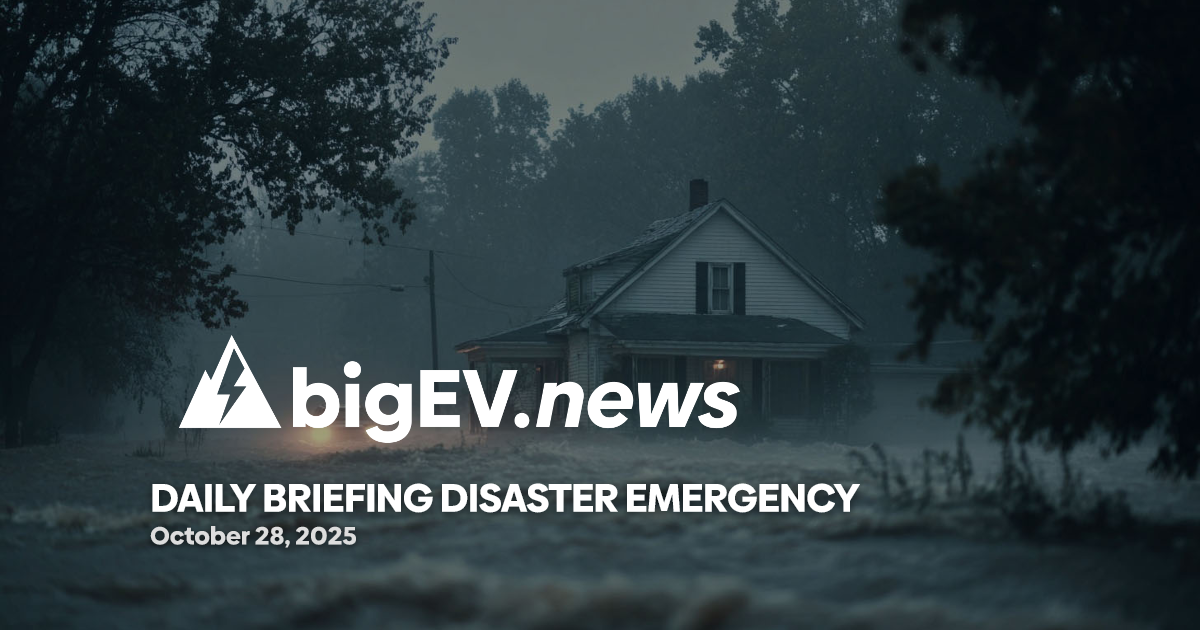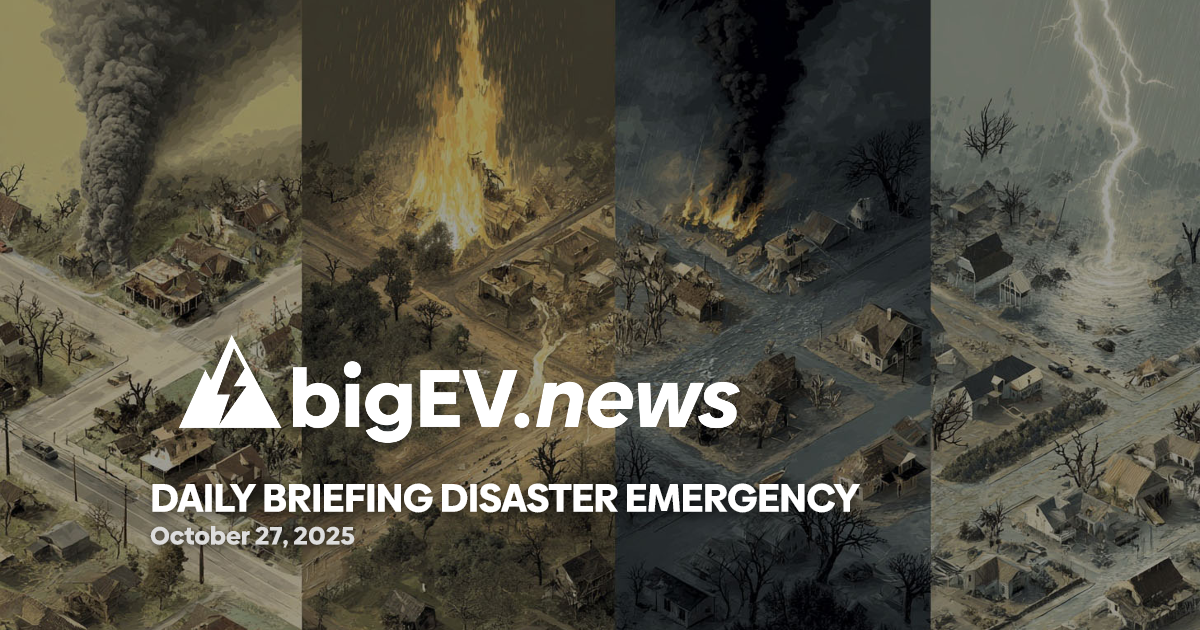A surge in cross-sector innovation, funding, and international collaboration is accelerating the deployment of advanced technologies for disaster prediction, emergency logistics, and resilient infrastructure worldwide.
At a glance – The past 24 hours have seen a marked intensification of global efforts to integrate artificial intelligence, immersive technologies, and advanced digital systems into disaster management. Major international conferences in Bangkok and Cyprus have convened experts from academia, government, and industry to showcase breakthroughs in predictive modeling, remote sensing, and community resilience design. These events underscore a growing consensus that the future of disaster response hinges on multidisciplinary collaboration and the rapid translation of research into field-ready solutions. The focus is shifting from reactive measures to proactive, technology-driven strategies that emphasize preparedness, risk reduction, and equitable access to life-saving innovations.
Technology advance – The U.S. Embassy in Bangkok, in partnership with the MIT ASEAN Initiative and the American Chamber of Commerce, hosted the inaugural “Disaster Management Conference: Technology, Innovation, and Research for Effective Disaster Response and Prevention.” The event highlighted the deployment of a U.S. military remote sensing device that identified 70 potential victim locations in the aftermath of Thailand’s March 28 earthquake, demonstrating the tangible impact of next-generation search and rescue tools. Keynotes from MIT’s Prof. Miho Mazereeuw and Dr. Sai Ravela detailed advances in AI-driven exposure mapping, computational sustainability, and urban risk lab fieldwork, while industry panels featured Honeywell, SCG, McKinsey & Co., and Western Digital discussing robotics, augmented reality, crisis mapping, and blockchain for aid distribution. The conference emphasized the integration of AI and machine learning for predictive modeling and the critical role of preparedness platforms such as the Cobra Gold Exercises, which train multinational teams for disaster scenarios.
Partnerships – The 8th International Disaster and Risk Conference (IDRC 2025), set for October in Nicosia, Cyprus, is poised to become a nexus for global collaboration on AI, immersive solutions, and IoT for disaster resilience. Hosted by the CYENS Centre of Excellence, the conference will unite researchers, technology developers, NGOs, and policymakers to forge actionable strategies for emergency preparedness and risk reduction. The event’s theme, “AI, Emerging Tech & Immersive Solutions for Disaster & Emergency Response,” reflects a commitment to bridging science, policy, and humanitarian action. CYENS’ leadership in interactive media and smart systems positions Cyprus as a hub for translating cutting-edge research into scalable, real-world impact, with a strong emphasis on cross-sector engagement and future-ready solutions.
Acquisitions/expansions – In a significant boost to disaster resilience R&D, a new funding initiative has been launched offering €3 million for collaborative projects focused on digital technologies for early warning, damage prediction, and advanced sensing. Eligible projects must involve organizations from at least two participating countries—Austria, Belgium, Brazil, Chile, Lithuania, Spain, Türkiye, and Ukraine—and can receive between €500,000 and €5 million each. The call targets solutions that leverage AI-based algorithms, sensor networks, and remote geographic information systems to address both natural and human-caused disasters, including floods, wildfires, and industrial accidents. This funding is expected to catalyze the development and deployment of scalable technologies that can save lives and mitigate environmental catastrophes as climate change intensifies disaster risks.
Regulatory/policy – The upcoming 10th IFIP WG5.15 Conference on Information Technology in Disaster Risk Reduction (ITDRR 2025) is set to spotlight the intersection of climate science, cybersecurity, and human-centric design in disaster mitigation. The conference will emphasize the need for integrated approaches that protect both physical and digital infrastructure from emergent threats. With a focus on participatory governance and technology-enabled education, ITDRR 2025 aims to ensure that mitigation strategies are inclusive and equitable. Accepted research will be published in the IFIP AICT series by Springer, reinforcing the importance of rigorous, peer-reviewed science in shaping policy and practice. The event’s multidisciplinary agenda is designed to foster synergy among sustainable development, cyber-physical systems, and humanitarian aid sectors, driving forward the global disaster risk reduction agenda.
Finance/business – The disaster tech sector is witnessing a surge in private sector engagement, with companies such as One Bangkok, Honeywell, and Western Digital actively participating in industry panels and collaborative projects. These firms are investing in robotics, augmented reality, and blockchain solutions to enhance crisis mapping, logistics, and aid distribution. The American Chamber of Commerce in Thailand is facilitating connections between U.S. technology providers and ASEAN policymakers, creating new market opportunities for innovative products and services. Meanwhile, the MIT Urban Risk Lab’s action research and community workshops are attracting interest from urban planners and infrastructure investors seeking to embed resilience into rapidly growing cities. As funding and demand for advanced disaster response systems increase, the sector is poised for robust growth, with a strong emphasis on public-private partnerships and scalable, impact-driven solutions.
Sources: th.usembassy.gov, idrc2025.cyens.org.cy, ictworks.org, itdrr.org, springer.com, amchamthailand.com









